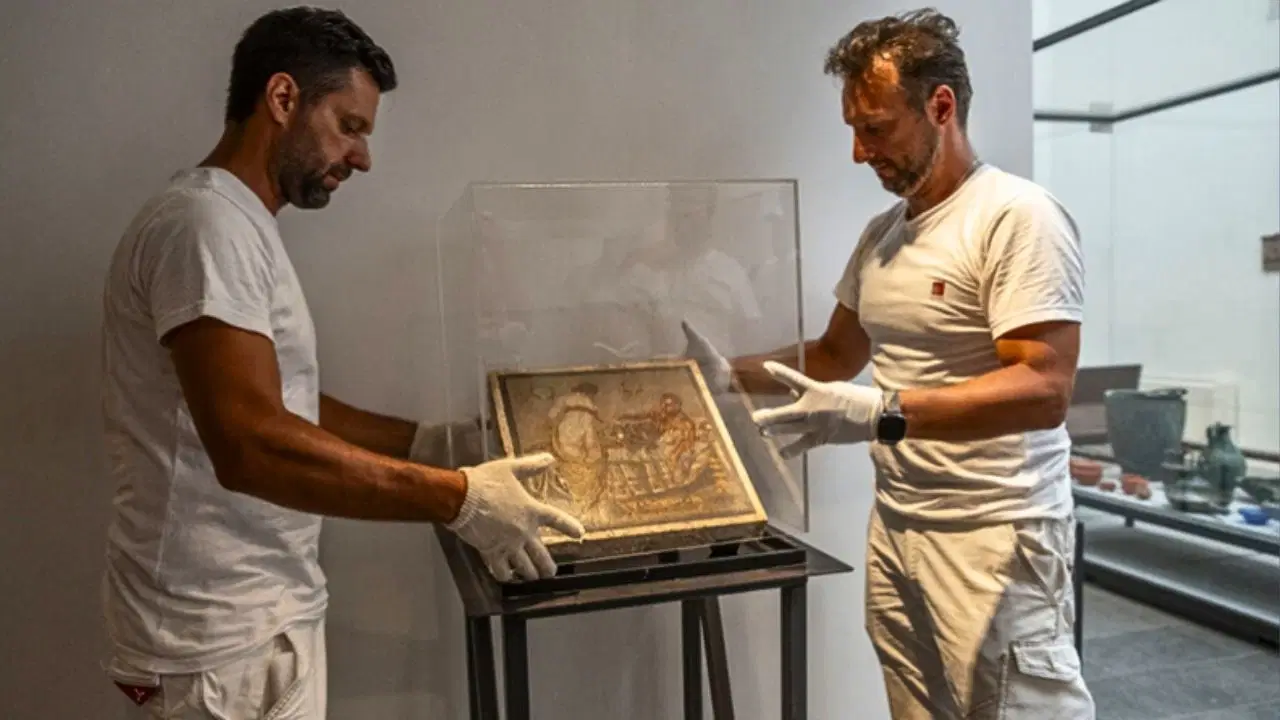A 2,000-year-old mosaic stolen 80 years ago is back in Pompeii

A 2,000-year-old mosaic, stolen from the ancient city of Pompeii, Italy, during the dark days of World War II and dating to the late mid- to late-century BC, has been resurfaced after 80 years. Described as "of exceptional cultural interest ," the artifact was returned to the Pompeii Archaeological Park in Naples through diplomatic channels from Germany.
The mosaic's existence was discovered after relatives of the deceased German contacted the Italian Carabinieri cultural heritage protection team in Rome to inquire about how they could return it to the Italian state. The repatriation process, conducted by the Italian consulate in Stuttgart, was handled by the heirs of the last owner. It was reported that the mosaic's owner had received it as a gift from a Wehrmacht captain who served in the military supply chain in Italy during the war.

"WE MAY NEVER KNOW THE SOURCE"
Dating between the mid-1st century BC and the 1st century AD, the mosaic, dating from ancient Rome, depicts a scene of two lovers becoming intimate. Experts believe the mosaic likely adorned the floor of a bedroom in a house in Pompeii. Years ago, the mosaic was given as a gift to a Nazi Wehrmacht captain during his military service in Italy. Following the officer's death, the mosaic was inherited by his relatives. However, upon realizing its value, his relatives contacted the Italian Carabinieri Cultural Heritage Protection Unit in Rome and expressed their desire to return it through legal means.
After Italian authorities confirmed the mosaic's authenticity and its connection to Pompeii, its return to Italy was arranged through the Italian Consulate in Stuttgart, Germany. It was announced that the mosaic will be temporarily placed on display at the Pompeii Antiquarium Museum.
Gabriel Zuchtriegel, director of the Pompeii Archaeological Park, stated that it is difficult to obtain clear information about the house where the mosaic was found or its exact origin. He said, "Its source will probably never be known for sure. However, we will conduct archaeometric analyses to confirm the mosaic's authenticity and shed as much light on its history as possible."
Cumhuriyet





